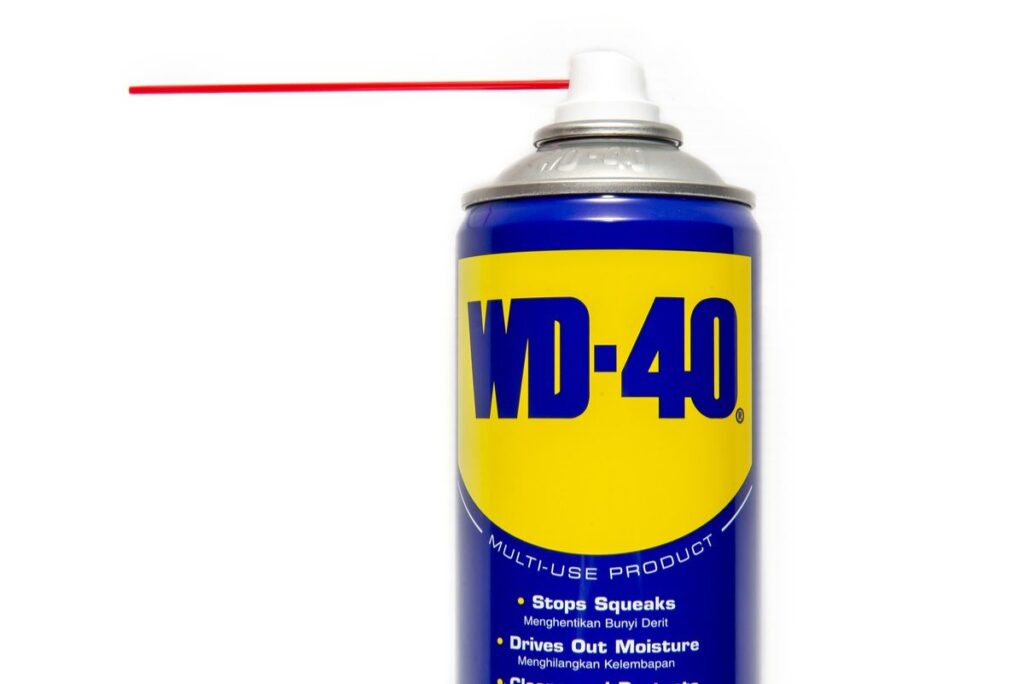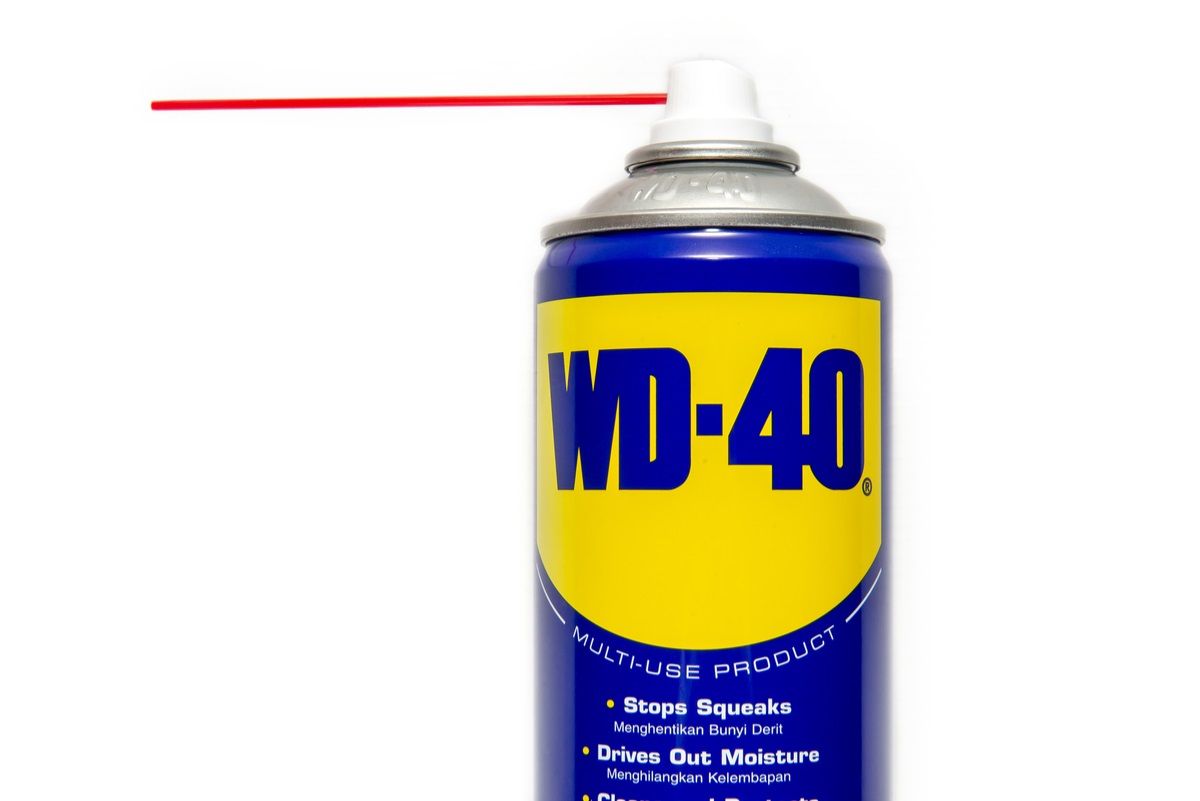
WD40 Means: Unlocking the Mystery Behind the Iconic Formula
For generations, WD40 has been a staple in homes, garages, and workshops worldwide. Its distinctive blue and yellow can is instantly recognizable, and its purported uses are seemingly endless. But what does WD40 actually mean? The name itself holds a clue to the product’s origins and purpose, a story rooted in the aerospace industry and the quest for a rust preventative. Understanding what WD40 means provides insight into its unique properties and why it remains a go-to solution for a wide range of problems.
The Origins of WD40: A Rocket Science Beginning
The story of WD40 begins in 1953 at the Rocket Chemical Company in San Diego, California. A team led by Norm Larsen was tasked with creating a product to protect the Atlas missile from rust and corrosion. The Atlas missile program was a critical part of the burgeoning space race, and protecting its delicate components from the harsh marine environment was paramount.
The team’s goal was to develop a water displacement compound. This would drive out moisture and create a protective barrier against corrosion. After numerous attempts, the formula that worked was finally achieved on the 40th try. This is where the name WD40 comes from: Water Displacement, 40th formula. The name is a direct reflection of the product’s intended function and the development process.
Decoding the Name: Water Displacement, 40th Formula
So, WD40 means simply that it is the 40th attempt at a water displacement formula. It wasn’t intended to be a consumer product, but rather an industrial solution for aerospace applications. However, employees began taking cans home, discovering its usefulness for a variety of household tasks. This led to the company packaging WD40 in aerosol cans and marketing it to the general public in 1958.
The beauty of the name WD40 lies in its simplicity and transparency. It clearly communicates the product’s primary function. While the exact formula remains a closely guarded secret, the name offers a glimpse into its composition and intended use. Knowing that WD40 means Water Displacement, 40th formula, helps consumers understand its core properties and how it can be applied to various situations.
Beyond Water Displacement: The Multifaceted Uses of WD40
While WD40 was initially designed as a water displacement compound, its unique properties have led to its widespread use for a multitude of purposes. These include:
- Lubrication: WD40 can act as a lubricant for moving parts, reducing friction and preventing wear.
- Rust Prevention: It creates a protective barrier against moisture, preventing rust and corrosion.
- Cleaning: WD40 can dissolve grime, grease, and adhesives, making it an effective cleaning agent.
- Loosening: It can penetrate rusted or corroded parts, helping to loosen them for removal.
- Water Displacement: As the name suggests, it effectively displaces water, preventing electrical shorts and drying out wet equipment.
These diverse applications have solidified WD40’s position as a versatile problem solver. From squeaky hinges to stuck bolts, WD40 has become a trusted solution for countless tasks.
The Chemistry Behind the Magic: What Makes WD40 Work?
The exact formula of WD40 is a trade secret, but its Material Safety Data Sheet (MSDS) provides some clues. It is primarily composed of:
- Aliphatic Hydrocarbons: These are petroleum-based solvents that help dissolve grease and grime.
- Mineral Oil: This provides lubrication and helps prevent rust.
- Carbon Dioxide: This is used as a propellant in the aerosol can.
The combination of these ingredients creates a unique formula that exhibits its characteristic properties. The solvents help to clean and penetrate, while the mineral oil provides lubrication and protection. The water displacement action is a result of the formula’s ability to create a barrier between water and the metal surface.
WD40 Myths and Misconceptions: Separating Fact from Fiction
Over the years, numerous myths and misconceptions have surrounded WD40. Some common ones include:
- WD40 is a long-term lubricant: While WD40 can provide temporary lubrication, it is not a long-term solution. It can attract dirt and grime, which can eventually lead to increased wear. For long-term lubrication, a dedicated lubricant is recommended.
- WD40 can fix everything: While WD40 is versatile, it is not a magic bullet. There are situations where other solutions are more appropriate. For example, heavily rusted parts may require specialized rust removers.
- WD40 will damage rubber or plastic: WD40 is generally safe for use on most rubber and plastic materials. However, it is always best to test it on an inconspicuous area first to ensure compatibility.
Understanding the limitations of WD40 is just as important as understanding its capabilities. While it is a valuable tool, it is not a substitute for specialized products or proper maintenance.
WD40 Today: A Legacy of Innovation and Problem Solving
Today, WD40 remains a global icon, sold in over 176 countries. The company has expanded its product line to include a range of specialized lubricants, cleaners, and rust preventatives. However, the original WD40 Multi-Use Product remains the flagship product, a testament to its enduring appeal and versatility.
The story of WD40 is a story of innovation, perseverance, and the power of a simple idea. From its humble beginnings in the aerospace industry to its current status as a household staple, WD40 has consistently proven its value as a problem solver. Knowing that WD40 means Water Displacement, 40th formula, provides a deeper appreciation for its origins and its enduring legacy. [See also: WD40 Uses and Benefits] [See also: History of WD40 Company]
Conclusion: The Enduring Appeal of WD40
In conclusion, when someone asks what WD40 means, the answer is straightforward: Water Displacement, 40th formula. This simple explanation belies the product’s rich history and its multifaceted applications. From protecting missiles to silencing squeaky doors, WD40 has become an indispensable tool for generations. Its enduring appeal lies in its versatility, its reliability, and its ability to solve a wide range of problems. So, the next time you reach for that familiar blue and yellow can, remember the story behind the name and the countless ways that WD40 continues to make our lives easier.

